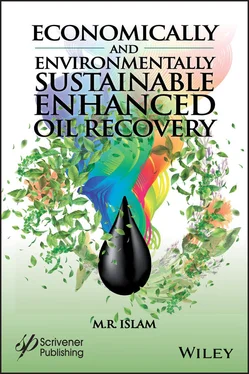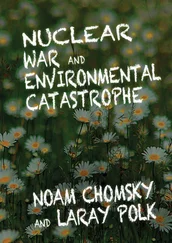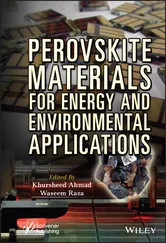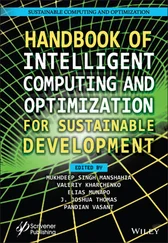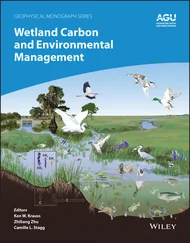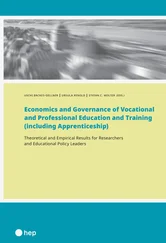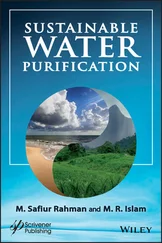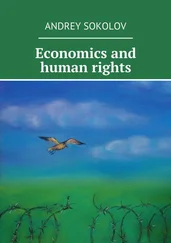1 Cover
2 Preface
3 1 Introduction
1.1 Opening Remarks 1.2 The Prophets of the Doomed Turned Into Scientists 1.2 The Prophets of the Doomed Turned Into Scientists For well over a century, the world has been hearing that we are about to run out of fossil fuel in matter of decades. First it happened with coal. In 1865, Stanley Jevons (one of the most recognized 19th century economists) predicted that England would run out of coal by 1900, and that England’s factories would grind to a standstill. Today, after over 150 years of Jevons’ prediction of the impending disaster, US EIA predicts that the coal reserve will last another 325 years, based on U.S. coal production in 2017, the ‘recoverable coal’ reserves would last about 325 years (EIA, 2018c). When it comes to petroleum, as early as 1914, U.S. Bureau of Mines predicted, “The world will run out of oil in 10 years” (quoted by Eberhart, 2017). Later, the US Department of Interior chimed in, claiming that “the world would run out of oil in 13 years” (quoted by Eberhart, 2017). Obviously, the world has not run out of oil, the world, however, has been accustomed to the same “doomsday warning” and whooped it up as ‘settled science’ (Speight and Islam, 2016). Starting with Zatzman and Islam’s (2007) work, this theme of ‘running out of oil’ has been deconstructed and over a decade later, the actual settled science has become the fact that it’s not a matter of if falsehoods are perpetrated it is a mater of why. In 2018a, Islam et al . made it clear that the entire matter is an economic decision, concocted to increase short-term profit. Science, let alone the science of sustainability, cannot be based on falsehood and deception. It is the same story about ‘concerns’ of climate change and the hysteria that followed. All studies miraculously confirmed something scientists were paid to do whip up decades ago (Islam and Khan, 2019). Now that that ‘science’ has matured into settled science, carbon has become the enemy and the ‘carbon tax’ a universal reality. If anything good came out of centuries of New Science, it is the fact that this ‘science’ and these scientists cannot be relied upon as a starting point (paradigm) for future analysis because each of those tracks will end up with paradoxes and falsehoods that would reveal themselves only as a matter of time.
1.3 Paradigm Shift in Sustainable Development 1.4 Questions Answered in This Book
4 2 Petroleum in the Big Picture2.1 Introduction 2.2 Pre-Industrial Revolution Period 2.3 Beginning of the Petroleum Culture 2.4 The Information Age 2.5 The Energy Crisis 2.6 Conclusions
5 3 Natural Resources of the Earth3.1 Introduction 3.2 Characteristic Time 3.3 Organic and Mechanical Frequencies 3.4 The Nature of Material Resources 3.5 The Science of Water and Petroleum 3.6 Nitrogen Cycle: Part of the Water/Nitrogen Duality 3.7 Conclusions
6 4 Growth Potential of Petroleum Reservoirs4.1 Introduction 4.2 Toward Decarbonization 4.3 The Current State of the World of Oil and Gas 4.4 World Oil and Gas Reserve 4.5 Organic Origin of Petroleum 4.6 Scientific Ranking of Petroleum 4.7 Reserve Growth Potential of an Oil/Gas Reservoir 4.8 Conclusions
7 5 Fundamentals of Reservoir Characterization in View of Enhanced Oil and Gas Recovery5.1 Introduction 5.2 Role of Fractures 5.3 Natural and Artificial Fractures 5.4 Developing Reservoir Characterization Tools for Basement Reservoirs 5.5 The Origin of Fractures 5.6 Seismic Fracture Characterization 5.7 Reservoir Characterization During Drilling 5.8 Reservoir Characterization with Image Log and Core Analysis 5.9 Major Forces of Oil and Gas Reservoirs 5.10 Reservoir Heterogeneity 5.11 Special Considerations for Shale 5.12 Conclusions
8 6 Future Potential of Enhanced Oil Recovery6.1 Introduction 6.2 Background 6.3 Types of EOR 6.4 Enhanced Oil Recovery in Relation to Oil and Gas Reserve 6.5 Current Oil Fields 6.6 Need for EOR 6.7 Conclusions
9 7 Greening of Enhanced Oil Recovery7.1 Introduction 7.2 Carbon Dioxide Injection 7.3 Thermal Methods 7.4 Chemical Methods 7.5 Gas Injection 7.6 Recap of Existing EOR Projects 7.7 Downhole Refinery 7.8 Conclusions
10 8 Toward Achieving Total Sustainability EOR Operations8.1 Introduction 8.2 Issues in Petroleum Operations 8.3 Critical Evaluation of Current Petroleum Practices 8.4 Petroleum Refining and Conventional Catalysts 8.5 Current Practices in Exploration, Drilling and Production 8.6 Challenges in Waste Management 8.7 Greening of EOR Operations 8.8 Zero-Waste Operations 8.9 Conclusions
11 9 Conclusions9.1 The Task 9.2 Conclusions
12 References and Bibliography
13 Index
14 End User License Agreement
1 Chapter 2Table 2.1 Classification of the procedures use by Al-Razi in Book of Secrets.Table 2.2 Mercury contents after cinnabar and HgCl 2administration for 10 day...Table 2.3 Mercury contents after cinnabar and HgS administration for 10 days ...Table 2.4 Abundance number for various elements present in the universe (from...Table 2.5 Per capita energy consumption (in TOE) for certain countries (From ...Table 2.6 US crude oil and natural gas reserve (Million barrels) (From Islam,...
2 Chapter 3Table 3.1 The tangible and intangible nature of yin and yang (from Islam, 201...Table 3.2 Characteristic frequency of “natural” objects.Table 3.3 Estimated global water distribution (from Shiklomanov, 1993).Table 3.4 Contrasting features of water and petroleum.Table 3.5 Contrasting properties of hydrogen and oxygen.Table 3.6 Similar and contrasting properties of hydrogen and oxygen.Table 3.7 Characteristic properties of carbon (from Islam, 2014).Table 3.8 Major organic compounds and their functions.Table 3.9 Natural polymers and their bonds.Table 3.10 Contrast in reservoir in oxygen and carbon reservoirs.Table 3.11 Contrasting and unifying features of oxygen and carbon (from Islam...Table 3.12 Sun composition (Chaisson and McMillan, 1997).Table 3.13 Wavelengths of various visible colors (From Islam, 2014).Table 3.14 Wavelengths of known waves (from Islam et al. , 2015).Table 3.15 Contrasting and unifying characters of oxygen and nitrogen.Table 3.16 Major users of nitrogen fertilizer (from FAO, n.d.).Table 3.17 Nutrients present in a typical fertile soil (from Holt and Wilson,...
3 Chapter 4Table 4.1 U.S proven reserves, and reserves changes, 2016-17 (From EIA, 2019)...Table 4.2 Crude oil and lease condensate production and proved reserves from ...Table 4.3 Total U.S. proved reserves of natural gas, wet after lease separati...Table 4.4 World proved reserves (From EIA, 2019).Table 4.5 Summary of Proven Reserve Data as of (Dec) 2016 (From Islam et al ., ...Table 4.6 CIA factbook data on oil reserve.Table 4.7 CIA factbook gas reserve.Table 4.8 Gas reserve with various methods.Table 4.9 Chemical composition (wt%) of minerals from plagiogneis (from Ivano...Table 4.10 Published isotopic mineral ages for Precambrian basement in southw...Table 4.11 Depositional environments and rock units selected for study of res...Table 4.12 Norphlet Formation, Gulf of Mexico Basin—Summary of geological cha...Table 4.13 Minnelusa Formation, Powder River Basin—Summary of geological char...Table 4.14 Frio Formation, Gulf of Mexico Basin—Summary of geological charact...Table 4.15 Morrow Formation, Anadarko and Denver Basins—Summary of geological...Table 4.16 Barnett Shale, Fort Worth Basin—Summary of geological characterist...Table 4.17 Bakken Formation, Williston Basin—Summary of geological characteri...Table 4.18 Ellenburger Group, Permian Basin—Summary of geological characteris...Table 4.19 Mackover Formation, Gulf Coast region—Summary of geological charac...Table 4.20 Spraberry Formation, Midland Basin—Summary of geological character...Table 4.21 Location of, number of fields and wells in, cumulative production ...
Читать дальше
